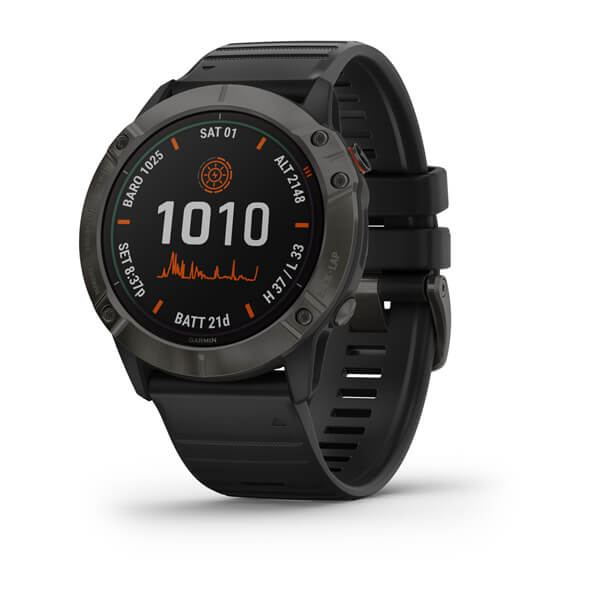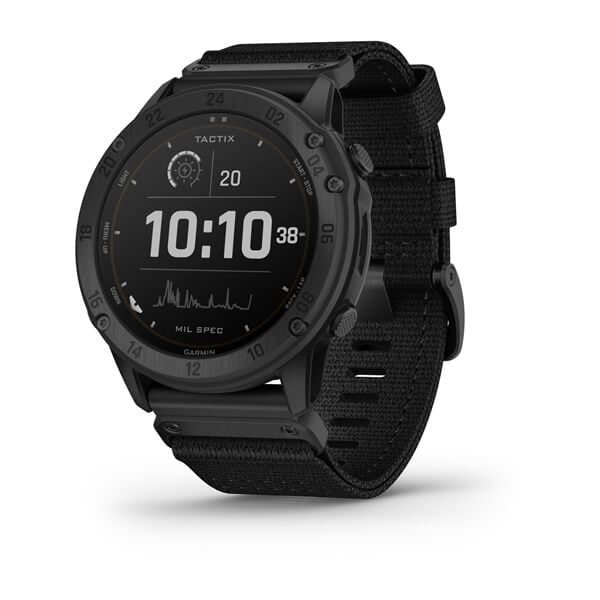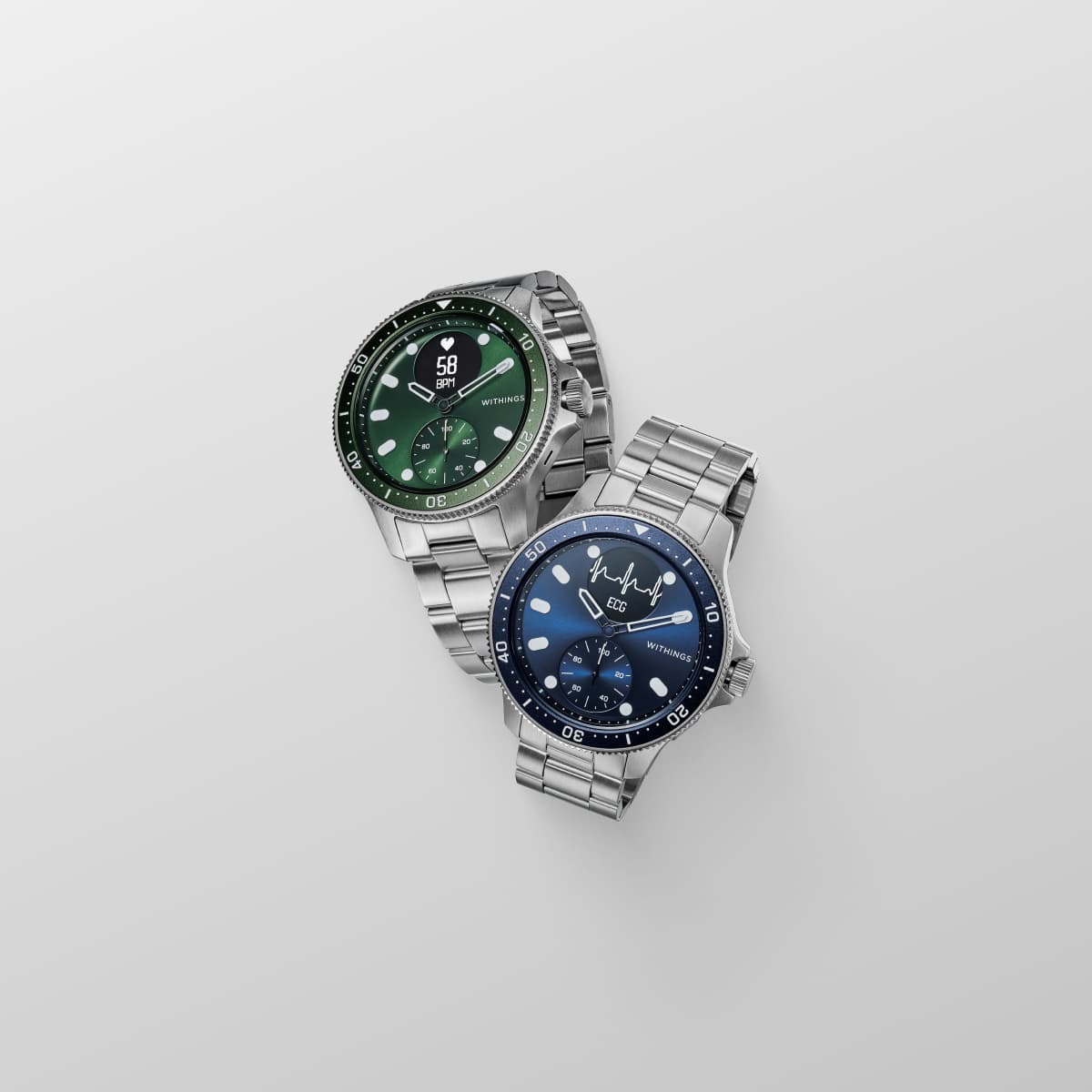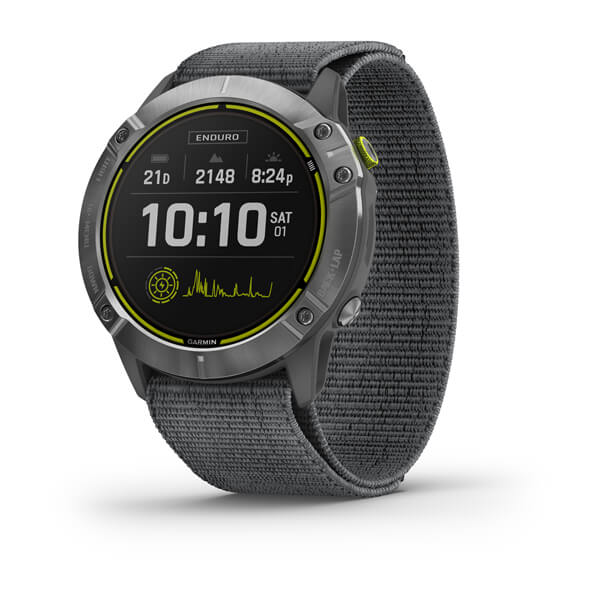Garmin fenix® 6X – Pro Solar Edition – Titanium Carbon Gray DLC with Black Band | Multisport Solar Watch
fenix® 6X – Pro Solar Edition is a solar charging watch w/ music, Pulse Ox & Dynamic PacePro, a feature that helps you run smarter over various types of terrain
SHOW YOUR WRIST WHAT YOU’RE MADE OF
Push new limits and explore new challenges — while adding mapping, music, intelligent pace planning and more to your workouts with the fēnix 6X selection of premium smartwatches.
Get a battery boost from the sunlight, so you can go longer between charges.
How is your body holding up? Wrist-based heart rate1 and Pulse Ox2 will let you know.
Need running coach that knows the terrain? Check out the PacePro™ feature.
Hit the slopes with ski maps for 2,000 worldwide resorts.
Music on your wrist, and no phone weighing you down.
Take a trip and leave the cord at home. Solar charging lets you get up to 24 days of battery life.
QUALITY BY DESIGN
The rugged yet sophisticated design features a large 1.4” display that’s 36% larger than previous fēnix models. It is tested to U.S. military standards for thermal, shock and water resistance.
PREMIUM MATERIALS
Fit the look to your lifestyle with your choice of stainless steel or DLC coated bezels.
Additional information
| LENS MATERIAL | Power Glass™ |
|---|---|
| BEZEL MATERIAL | titanium or Diamond-Like Carbon (DLC) coated titanium |
| CASE MATERIAL | fiber-reinforced polymer with metal rear cover |
| QUICKFIT™ WATCH BAND COMPATIBLE | included (26 mm) |
| STRAP MATERIAL | silicone or titanium |
| PHYSICAL SIZE | 51 x 51 x 14.9 mm Fits wrists with the following circumference: |
| DISPLAY SIZE | 1.4” (35.56 mm) diameter |
| DISPLAY RESOLUTION | 280 x 280 pixels |
| DISPLAY TYPE | sunlight-visible, transflective memory-in-pixel (MIP) |
| BATTERY LIFE | Smartwatch: Up to 21 days/24 days with solar* *Solar charging, assuming all-day wear with 3 hours per day outside in 50,000 lux conditions |
| WATER RATING | 10 ATM |
| MEMORY/HISTORY | 10 ATM |





Reviews
There are no reviews yet.